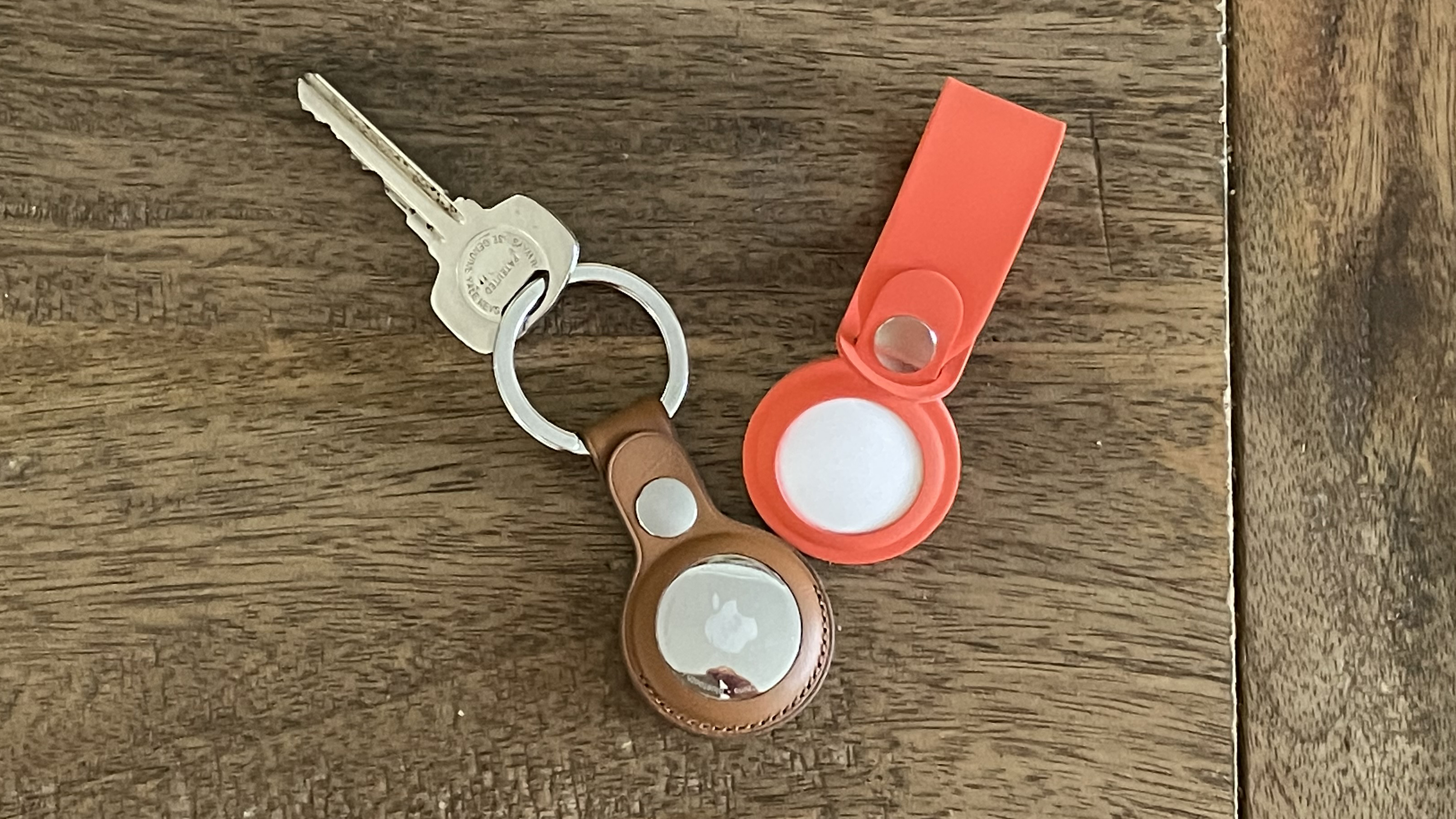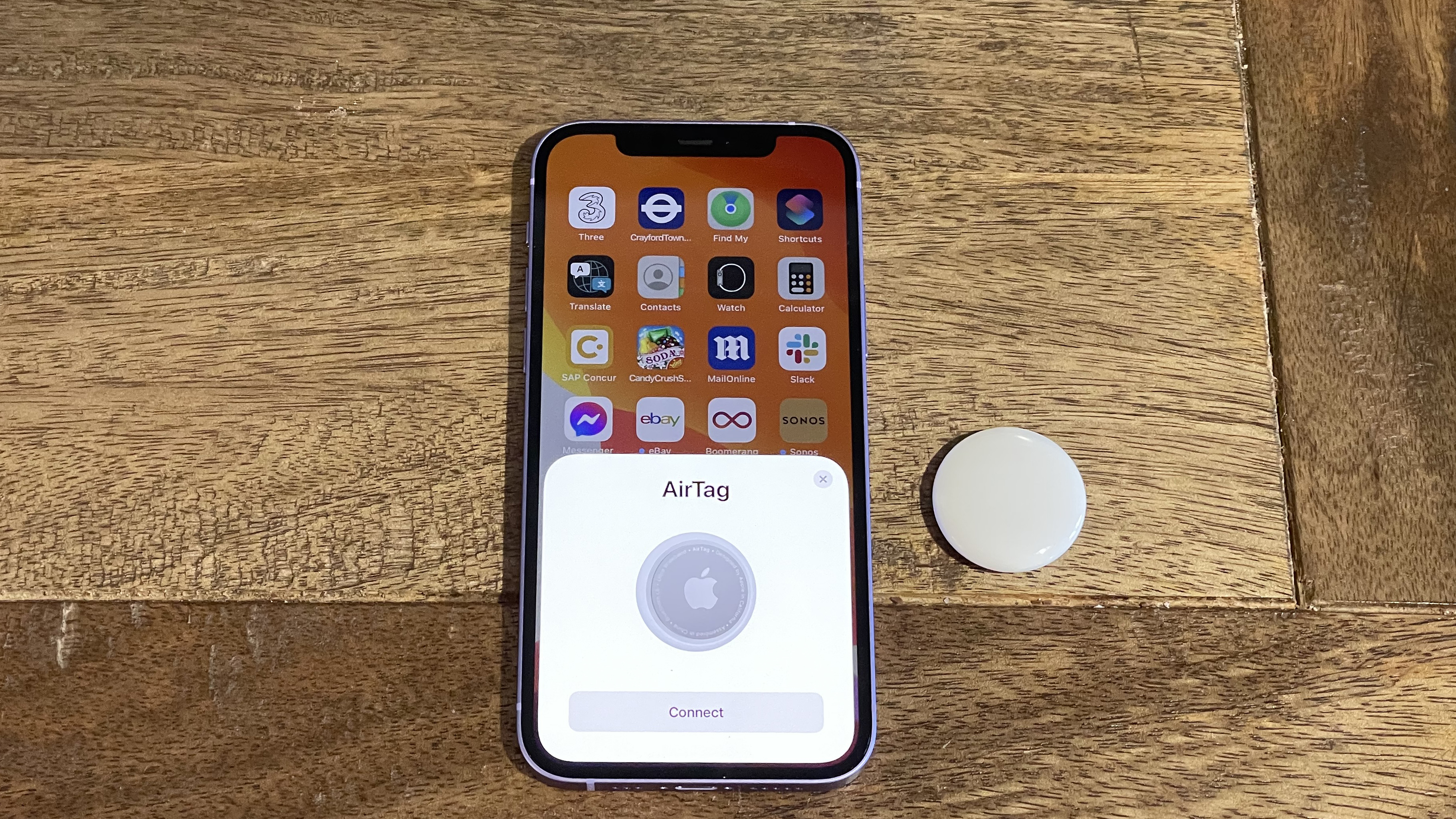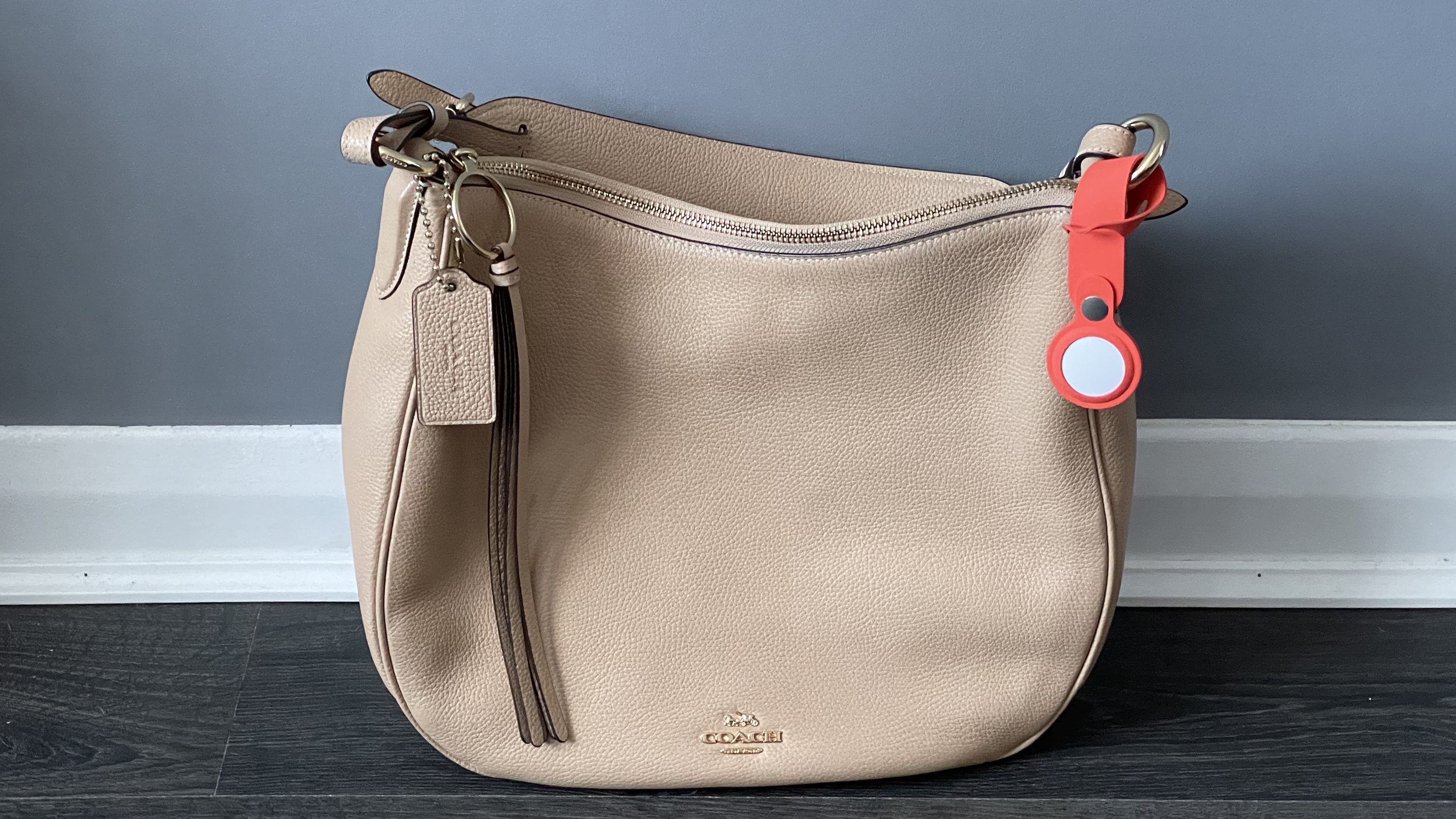Apple AirTag
Apple’s long-awaited location-tracking device, the AirTag, has finally been made official, and while it may be small it’s set to be a big help with finding misplaced items such as your keys, wallet or bag.
As well as emitting an electronic beep when you can’t locate a tagged item, if an AirTag is paired with an iPhone 11 or above you can get accurate directions to the item using the Find My app. Called Precision Finding, the feature utilizes the iPhone’s accelerometer, camera, and gyroscope to provide on-screen and haptic directions.
Apple’s Find My device network can also be harnessed to help reunite you with an AirTag that you deem lost rather than misplaced. If another device in the network passes by an AirTag that’s been placed in Lost Mode, you’ll get an anonymous update on its location, and you can also assign a phone number to a lost AirTag so that if someone finds it, they can alert you.
The disc-shaped tracker can be slipped into a wallet or bag, but if you want to attach it to keys or other items you’ll have to purchase an optional key fob or loop that it slots into; however, these will set you back the same price, and in some cases more, than the AirTag itself.
We've been trying out an Apple AirTag for a short while now – we haven't used the location tracking feature for long enough to pass a decisive verdict yet, but these are our initial impressions.
Apple AirTag price and availability

A single Apple AirTag costs $29 / £29 / AU$45; you can also purchase a pack of four for $99 / £99 / AU$149. AirTags can be pre-ordered now, and will go on sale on April 30.
As mentioned, if you want to attach an AirTag to keys, bikes or other items you’ll need to purchase an optional key fob or loop – these come in silicon or leather, with prices starting from $29 / £29 / AU$45. Some third-party brands like Belkin make similar straps and loops, and we expect more to go on sale as the AirTags become more popular.
Design

About the size of a quarter or a £2 coin, the AirTag is extremely compact – it measures 1.26 x 1.26 x 0.31 inches / 3.19 x 3.19 x 0.8cm and weighs just 11g. The stainless steel disc has a removable plastic cover, which secures the CR2032 battery that powers the AirTag, and a built-in speaker, which will emit a sound if the Find My app on an iPhone, iPad or Mac is used to identify its location.
There’s no clip or tag on the AirTag as standard, but it can be slipped into a bag, wallet or coat pocket. If you want to attach it to keys or other items, optional key fobs and loops in leather and silicon can be purchased from Apple, or from third-party brands like Belkin.
The AirTag has an IP67 rating, so it’ll survive an accidental dunk in a deep puddle or the bath, and it’s also eligible for Apple’s free engraving service, so you can add text, numbers and emojis to the smooth plastic cover, making it easier to identify which AirTag is which if you have several of them.
Apple hasn’t specified the Bluetooth range of AirTags, but we believe that it supports Bluetooth 5.0, which is the latest version of the technology, as that’s built into the iPhone 12, and has a range of 800 feet / 240 meters.
Performance

Like most iPhone accessories, the AirTag proved extremely simple to setup. Once we’d removed the packaging, the AirTag emitted a short beep, and was immediately recognized by our iPhone. We were able to assign a name to the AirTag, and it was assigned to our Apple ID, showing up in the Items tab. It was also very simple to slip the AirTag into the leather key fob and loop accessories, enabling us to attach them to our keys, and the strap of a bag.
Tapping the AirTag from the items list in the Find My app brings up several options, including Play Sound. We found that it took a few seconds for Find My to connect to the AirTag and emit three cycles of five electronic beeps, which registered 64db on our sound meter – loud enough that we could hear it from beneath the pile of cushions under which we’d buried it on the sofa.
The short cycle of electronic beeps lasts just seven seconds, which is long enough to locate something in the same room or the one next to it, but didn’t suffice when we were upstairs and our ‘misplaced’ item was downstairs. In this instance, we had to tap the Play Sound option four times before we were able to get close enough to the AirTag to hear it.
As we spend more time with the AirTags we’ll be sure to test out the Precision Finding feature, which is designed to speed up finding AirTags considerably, along with the Lost mode, which is designed to help you locate an item you think is truly lost.
Early verdict
As we’re able to put the Apple AirTags more thoroughly through their paces we’ll be focusing on testing as many of their features as possible so that we can deliver a more considered verdict.
In particular, we need to see just how accurate Precision Finding is, and whether the privacy features are as robust as Apple claim they are.
However, based on our short time with the AirTags so far, we can tell that if you’re a serial loser of keys, wallets and the like, they look to be an invaluable and easy-to-use tool for reuniting you with your misplaced possessions.
- Check out the best Apple iPhone deals
0 comments:
Post a Comment